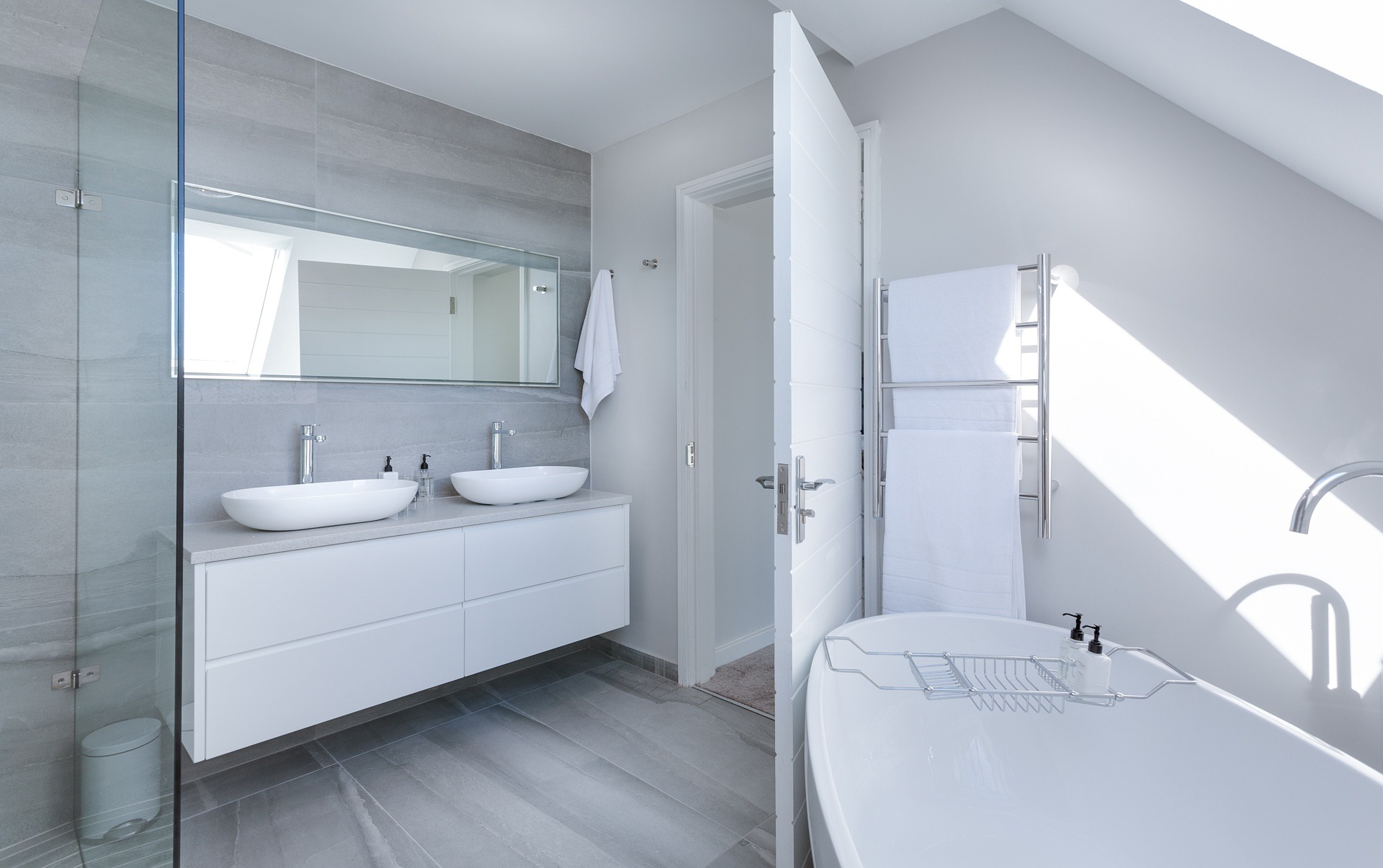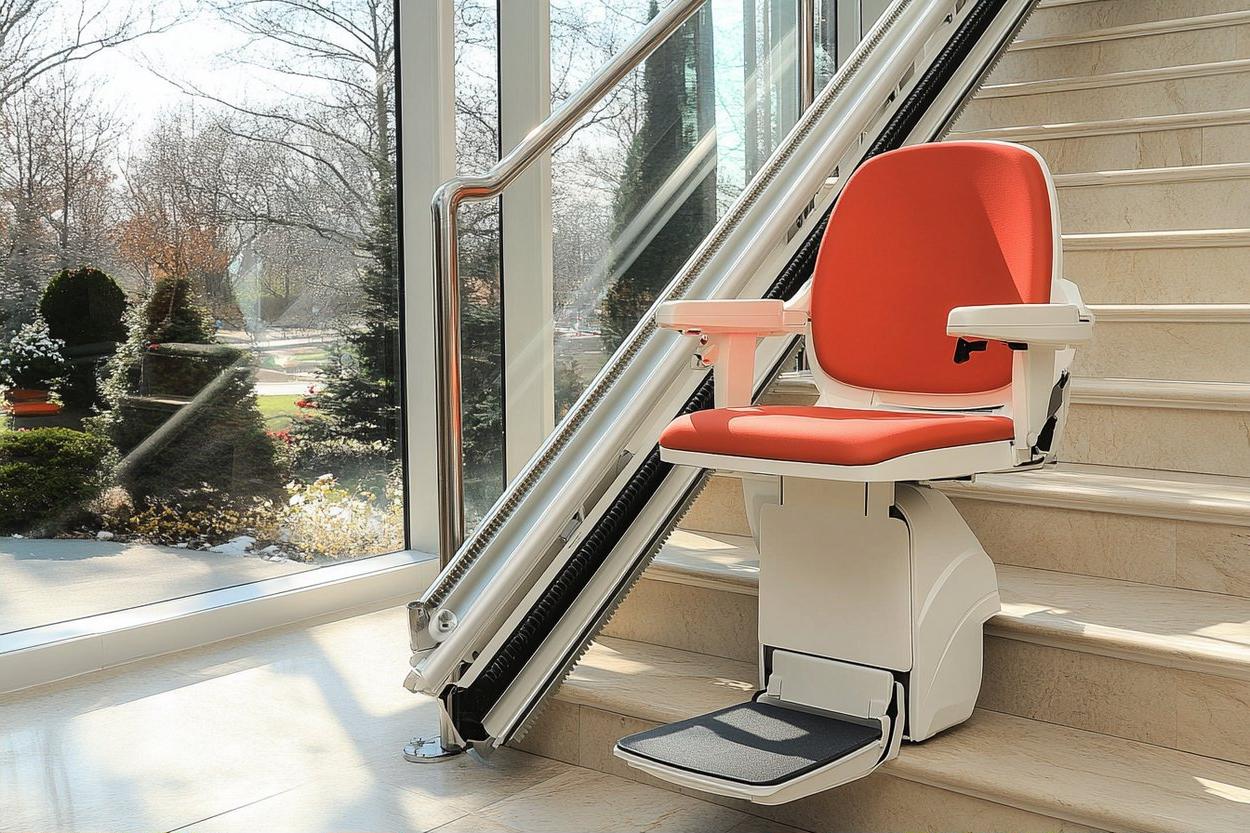The Latest Bathroom Renovation Trends in the UK Are Absolutely Stunning
Thinking about updating your bathroom? The latest bathroom renovation trends sweeping across the UK in 2025 are turning ordinary spaces into luxurious, spa-like retreats. From bold materials and minimalist designs to high-tech upgrades and eco-conscious choices, these new styles could dramatically transform the look and feel of your home. And the best part? Many of these upgrades are now more accessible than ever.

What’s Trending in UK Bathroom Design This Year?
Contemporary UK bathroom design emphasises clean lines, neutral palettes, and versatile fixtures that maximise space efficiency. Minimalist aesthetics continue to dominate, with floating vanities, wall-mounted toilets, and seamless shower enclosures creating uncluttered environments. Natural materials like wood-effect tiles and stone surfaces bring warmth to these streamlined spaces.
Open-plan wet rooms are gaining popularity, particularly in smaller properties where space optimisation is crucial. These barrier-free designs incorporate subtle floor gradients and linear drainage systems, creating seamless transitions between different bathroom zones. Large-format tiles with minimal grout lines enhance the sense of spaciousness while reducing maintenance requirements.
How Are UK Homeowners Embracing Smart Technology in Bathrooms?
Digital integration is revolutionising bathroom functionality across British homes. Smart mirrors with built-in LED lighting, Bluetooth connectivity, and anti-fog technology are becoming standard features in modern renovations. These mirrors often include weather updates, news feeds, and music streaming capabilities, transforming morning routines.
Automated toilet systems with heated seats, bidet functions, and self-cleaning capabilities are increasingly popular, particularly in upscale renovations. Smart shower systems allow users to preset temperature, pressure, and duration settings through smartphone applications. Motion-sensor lighting and hands-free taps improve hygiene while reducing energy consumption.
Underfloor heating systems with programmable thermostats provide consistent warmth while maximising floor space typically occupied by traditional radiators. These systems integrate with home automation platforms, allowing remote control and scheduling to optimise energy efficiency.
What Eco-Friendly Choices Are Popular for Sustainable Bathrooms?
Environmental responsibility drives many renovation decisions, with water-saving fixtures becoming standard installations. Dual-flush toilets, low-flow taps, and aerated showerheads significantly reduce water consumption without compromising performance. Greywater recycling systems, though more complex, are gaining attention among environmentally conscious homeowners.
Sustainable materials feature prominently in contemporary designs. Recycled glass tiles, reclaimed wood vanities, and composite surfaces made from recycled materials offer aesthetic appeal while reducing environmental impact. Natural linoleum and cork flooring provide sustainable alternatives to traditional vinyl options.
LED lighting systems consume substantially less energy than conventional bulbs while offering superior longevity. Solar-powered ventilation systems and energy-efficient extractor fans improve air quality while minimising electrical consumption.
How Are Bold Colors and Patterns Changing UK Bathroom Aesthetics?
While neutral schemes remain popular, bold accent walls and statement tiles are making significant impacts in British bathroom design. Deep blues, forest greens, and rich burgundy create dramatic focal points when balanced with lighter complementary tones. Geometric patterns, particularly hexagonal and subway tiles arranged in herringbone or chevron layouts, add visual interest without overwhelming smaller spaces.
Wallpaper designed specifically for humid environments allows homeowners to introduce patterns and textures previously unsuitable for bathroom applications. Tropical prints, botanical designs, and abstract patterns create personalised environments that reflect individual style preferences.
Coloured sanitaryware, particularly in matte black or navy finishes, provides striking contrasts against neutral backgrounds. These bold choices work particularly well in larger bathrooms where statement pieces can be balanced with ample neutral space.
What Luxurious Materials Are Being Used for an Upscale Feel?
Premium materials elevate bathroom aesthetics while providing long-term durability. Natural stone surfaces, including marble, granite, and travertine, create timeless elegance despite requiring careful maintenance. Engineered stone alternatives offer similar visual appeal with improved stain resistance and consistency.
Brass and copper fixtures are experiencing renewed popularity, offering warm metallic tones that complement both traditional and contemporary design schemes. These materials develop natural patinas over time, creating unique character that synthetic finishes cannot replicate.
Large-format porcelain tiles that mimic natural materials provide luxury aesthetics with practical benefits. These tiles offer superior water resistance, easier cleaning, and consistent appearance while replicating the textures and patterns of premium stone or wood surfaces.
| Element | Material Options | Estimated Cost Range |
|---|---|---|
| Flooring | Porcelain tiles, Natural stone, Luxury vinyl | £25-£150 per m² |
| Wall surfaces | Ceramic tiles, Natural stone, Waterproof panels | £20-£200 per m² |
| Sanitaryware | Standard ceramic, Designer brands, Smart toilets | £200-£2,500 per piece |
| Shower systems | Basic mixer, Thermostatic, Smart digital | £150-£1,500 |
| Vanity units | Laminate, Solid wood, Stone composite | £300-£3,000 |
Prices, rates, or cost estimates mentioned in this article are based on the latest available information but may change over time. Independent research is advised before making financial decisions.
Modern bathroom renovation trends reflect changing lifestyle priorities, technological advancement, and environmental awareness. These developments demonstrate how functional spaces can incorporate luxury elements, sustainable practices, and innovative technology to create environments that serve both practical needs and aesthetic preferences. The integration of smart features with traditional design principles ensures that contemporary bathrooms remain relevant and valuable long-term investments for UK homeowners.




